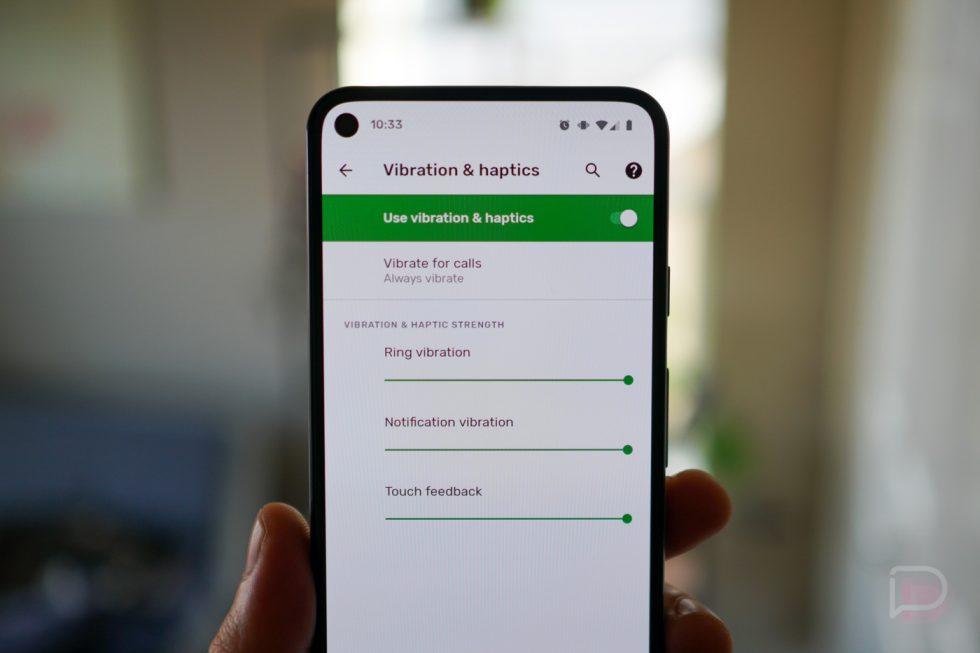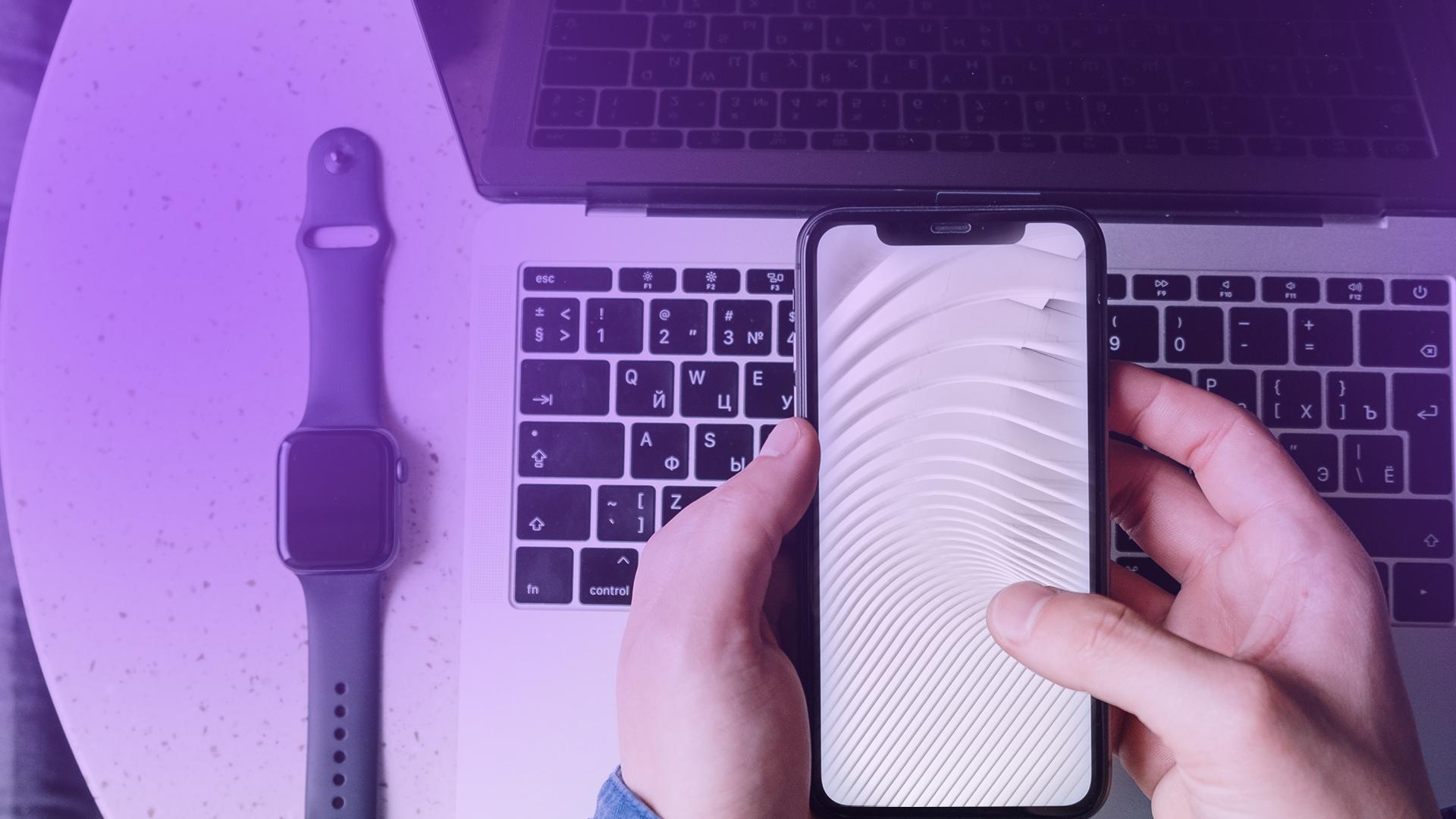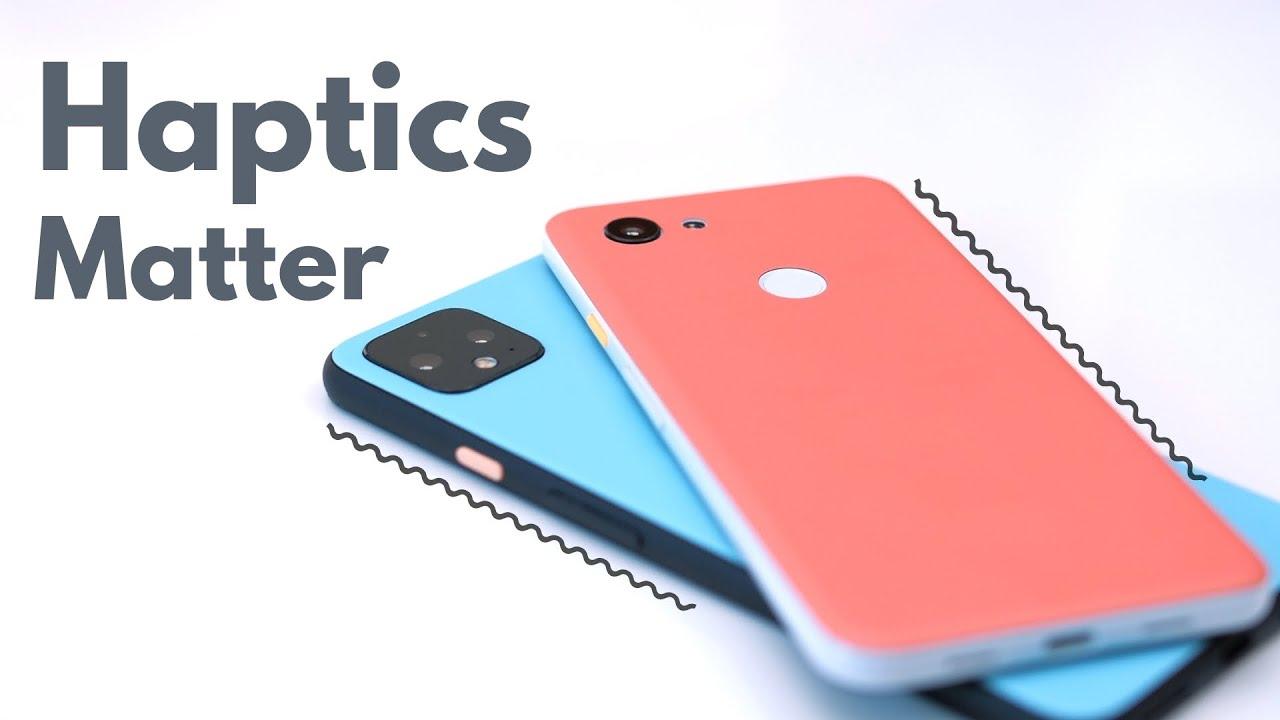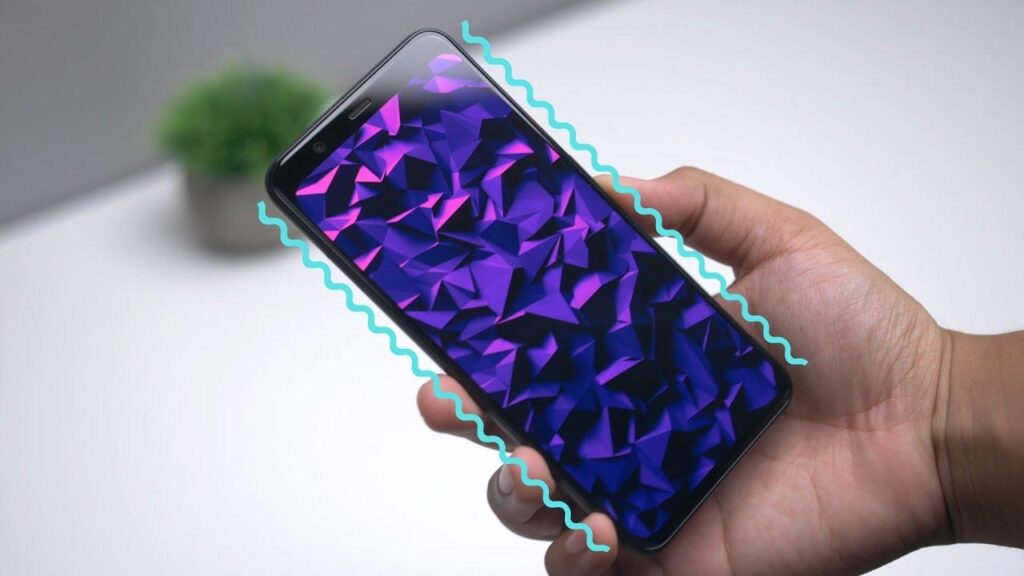In a world where smartphones have become an extension of our senses, the subtle art of touch-known as haptics-plays a surprisingly powerful role in our daily interactions. That gentle buzz when you type, the tactile click when you unlock your device, or the nuanced vibrations signaling notifications can elevate the user experience from merely functional to delightfully intuitive. But not all phones are created equal in this sensory dance. So, which phones truly excel in delivering the best haptics and feedback? In this article, we’ll explore the devices that masterfully blend technology and touch, turning each interaction into something you can feel as much as see.
Table of Contents
- Exploring the Science Behind Premium Haptic Technology
- Comparing Vibration Motors Across Leading Smartphone Brands
- How Software Enhances the Feel of Touch Feedback
- Top Phones That Deliver Exceptional Haptic Experiences
- Choosing the Right Device for Tactile Precision and Responsiveness
- Insights and Conclusions
Exploring the Science Behind Premium Haptic Technology
At the core of premium haptic technology lies a sophisticated dance of mechanical precision and software finesse. Modern smartphones employ advanced linear actuators or X-axis vibration motors that generate crisp, nuanced vibrations, mimicking the sensation of pressing physical buttons or toggling switches. This precise control over vibration frequency and amplitude allows devices to deliver feedback that feels both responsive and satisfying, transcending the generic buzz of older phones.
Beyond hardware, software algorithms play a pivotal role in shaping the tactile experience. By modulating the duration and intensity of vibrations, manufacturers can simulate different textures and interactions, from a subtle tap for keyboard clicks to a more pronounced pulse for notifications. This layering of haptic patterns creates an immersive sensory language, making interactions more intuitive and enjoyable.
Key elements of premium haptic systems include:
- Actuator type: Linear resonant actuators (LRA) or voice coil motors (VCM) offer finer control.
- Response speed: The quicker the actuator responds, the more natural the feedback feels.
- Software integration: Seamless syncing with UI animations enhances realism.
- Power efficiency: Maintaining tactile quality without draining battery life.
| Component | Function | Impact on Experience |
|---|---|---|
| Linear Actuator | Generates precise vibrations | Enables realistic tactile feedback |
| Haptic Driver IC | Controls vibration signals | Ensures smooth and varied patterns |
| Software Algorithms | Modulates intensity & timing | Creates customized sensory experiences |
| Feedback Sensors | Detect interaction forces | Adjusts feedback dynamically |
Comparing Vibration Motors Across Leading Smartphone Brands
When it comes to the tactile experience, vibration motors play a pivotal role in defining how a smartphone communicates feedback. Leading brands have invested heavily in refining their haptic engines, pushing the boundaries of precision and subtlety. For instance, Apple’s Taptic Engine is celebrated for its crisp and nuanced feedback, offering a rich sensory experience that feels both natural and responsive.
On the other hand, Samsung employs Linear Resonant Actuators (LRAs) in many of its flagship models, focusing on smooth, fluid vibrations that enhance user interaction without becoming intrusive. Google’s Pixel series also features advanced haptic systems that strive to blend intensity with subtlety, creating feedback that complements the software’s design language.
Key differentiators among these brands include:
- Precision: How accurately the motor can replicate different vibration patterns.
- Latency: The delay between user interaction and haptic response.
- Noise levels: Minimizing unwanted motor noise for a cleaner feel.
- Power efficiency: Balancing strong feedback with battery conservation.
| Brand | Motor Type | Feedback Quality | Unique Feature |
|---|---|---|---|
| Apple | Taptic Engine | High precision, crisp | Haptic touch integration |
| Samsung | Linear Resonant Actuator | Smooth, fluid vibrations | Adjustable intensity |
| Custom LRA | Balanced and subtle | Software-synced haptics | |
| OnePlus | Vibration Motor with Dual Coil | Strong and responsive | Enhanced gaming feedback |
Ultimately, the best haptic feedback depends on personal preference and usage context. Some users prioritize sharp, tactile clicks for typing, while others prefer gentle pulses for notifications. As manufacturers continue to innovate, the gap between these experiences narrows, but knowing which motor type powers your device can help you make an informed choice.

How Software Enhances the Feel of Touch Feedback
Modern smartphones don’t just rely on hardware to deliver satisfying touch feedback – software plays a crucial role in shaping the tactile experience. Through carefully crafted algorithms and precision timing, the software controls the vibration motors to mimic textures, clicks, and even the sensation of pressing a physical button. This dynamic interplay between code and hardware allows for nuanced haptics that feel natural and responsive.
By adjusting parameters such as intensity, frequency, and duration, manufacturers can create distinct feedback patterns for different interactions. For instance, a soft tap might trigger a brief, gentle buzz, while a long press could generate a stronger, more complex vibration sequence. This layering of feedback helps users intuitively understand their actions, enhancing usability without relying solely on visuals or sound.
- Adaptive Feedback: Some phones adjust haptic responses based on context, like typing speed or app activity, making the experience feel personalized.
- Multi-Dimensional Vibrations: Combining different vibration frequencies can simulate textures or simulate button presses with startling realism.
- Software Updates: Manufacturers continuously refine haptic patterns through updates, improving responsiveness and introducing new feedback styles.
| Feature | Software Role | User Benefit |
|---|---|---|
| Vibration Pattern Customization | Modifies motor signals to create unique feedback types | Feels tailored and engaging |
| Context-Aware Haptics | Detects user actions and adjusts feedback accordingly | Enhances interaction clarity |
| Pressure Sensitivity Emulation | Uses sensors and software to vary response strength | Simulates real button presses |

Top Phones That Deliver Exceptional Haptic Experiences
Immersive feedback is no longer a bonus – it’s an essential part of the smartphone experience. Leading the charge, certain flagship models have refined their haptic engines to deliver tactile responses that feel both precise and satisfying. These phones don’t just vibrate; they communicate through touch, enhancing everything from typing to gaming.
Devices like the latest Apple iPhone models feature the Taptic Engine, renowned for its nuanced and crisp feedback. This technology simulates clicks, taps, and even subtle textures, making interactions feel more natural and responsive. On the Android side, phones such as the Google Pixel series and Samsung Galaxy S line utilize advanced haptic motors paired with software optimizations to produce rich, layered sensations that elevate user engagement.
Beyond the usual suspects, some gaming-centric phones have pushed haptic innovation further. Models like the ASUS ROG Phone and Razer Phone incorporate multi-dimensional haptic feedback that syncs with in-game events, adding a new layer of immersion. This approach tailors vibrations and pulses dynamically, making every action feel impactful and real.
- Apple iPhone 14 Pro: Crisp, refined haptics with the latest Taptic Engine.
- Google Pixel 7 Pro: Balanced feedback optimized by AI-driven software.
- Samsung Galaxy S23 Ultra: Deep, textured vibrations for multimedia and notifications.
- ASUS ROG Phone 6: Immersive gaming haptics with customizable profiles.
| Phone Model | Haptic Tech | Feedback Quality | Best For |
|---|---|---|---|
| iPhone 14 Pro | Taptic Engine | Exceptional | General Use & Typing |
| Google Pixel 7 Pro | Linear Resonant Actuator | High | Balanced Feedback |
| Samsung Galaxy S23 Ultra | Vibration Motor + Software | Very Good | Media & Notifications |
| ASUS ROG Phone 6 | Advanced Haptics | Immersive | Gaming |

Choosing the Right Device for Tactile Precision and Responsiveness
When it comes to tactile precision and responsiveness, not all smartphones are created equal. The subtle vibrations, clicky feedback, and haptic engines embedded within a device define how natural and satisfying interactions feel. Choosing the right phone means looking beyond raw specs and focusing on the quality of the haptic motor, the software’s ability to fine-tune feedback, and how these elements complement the user interface.
Modern flagships often feature advanced linear resonant actuators (LRAs) or piezoelectric motors that deliver crisp and nuanced feedback. These components provide a more refined and varied range of vibrations compared to older eccentric rotating mass (ERM) motors, which tend to be less precise. Devices that combine hardware prowess with tailored haptic algorithms offer a tactile experience that can enhance everything from typing to gaming.
When evaluating devices, consider these critical factors:
- Haptic Engine Type: LRAs and piezo actuators outperform traditional motors in responsiveness and subtlety.
- Software Integration: The OS and apps must leverage the hardware’s capabilities for seamless feedback.
- Customization Options: Phones allowing users to adjust vibration intensity or patterns provide personalized control.
- Consistency Across Interactions: Haptic feedback should feel reliable whether typing, gaming, or receiving notifications.
| Device | Haptic Engine | Customization | Overall Feedback Quality |
|---|---|---|---|
| Phone A | Linear Resonant Actuator | High | Excellent |
| Phone B | Piezoelectric Motor | Moderate | Very Good |
| Phone C | ERM Motor | Low | Good |
Ultimately, selecting a phone with superior haptics enhances daily interactions, making the device feel more alive and responsive. Prioritize a device that balances hardware innovation with thoughtful software integration to enjoy the best tactile experience.
Insights and Conclusions
In the end, the subtle art of haptics and feedback transforms a phone from a simple tool into an extension of our senses. While the devices that excel in this realm may vary with each new release, what remains constant is the quest for that perfect tactile harmony-where every tap, swipe, and notification feels just right. Whether you’re a gamer chasing precise control or someone who simply appreciates a satisfying buzz, the best phones in haptics bring a quiet but powerful layer of connection between you and your device. As technology evolves, so too will this intimate dialogue, making the experience of touch more nuanced and immersive than ever before.

